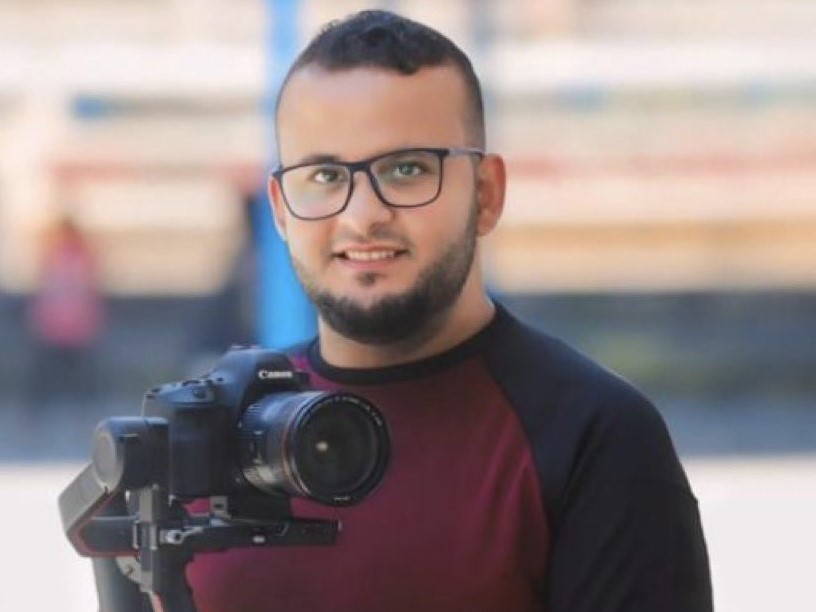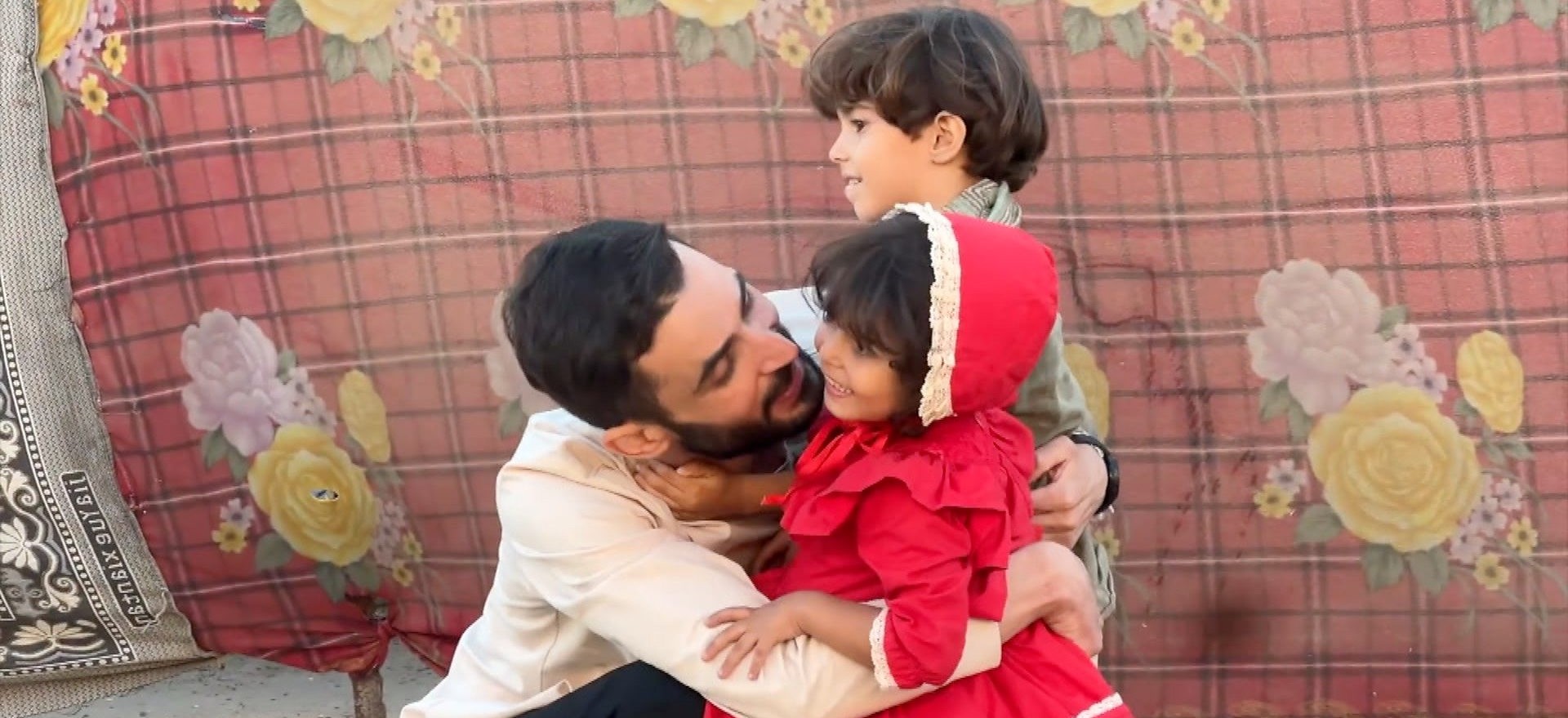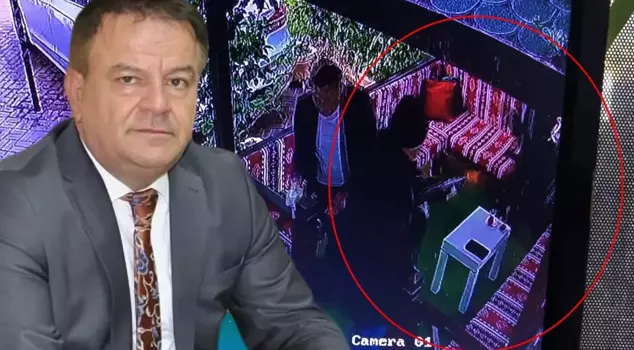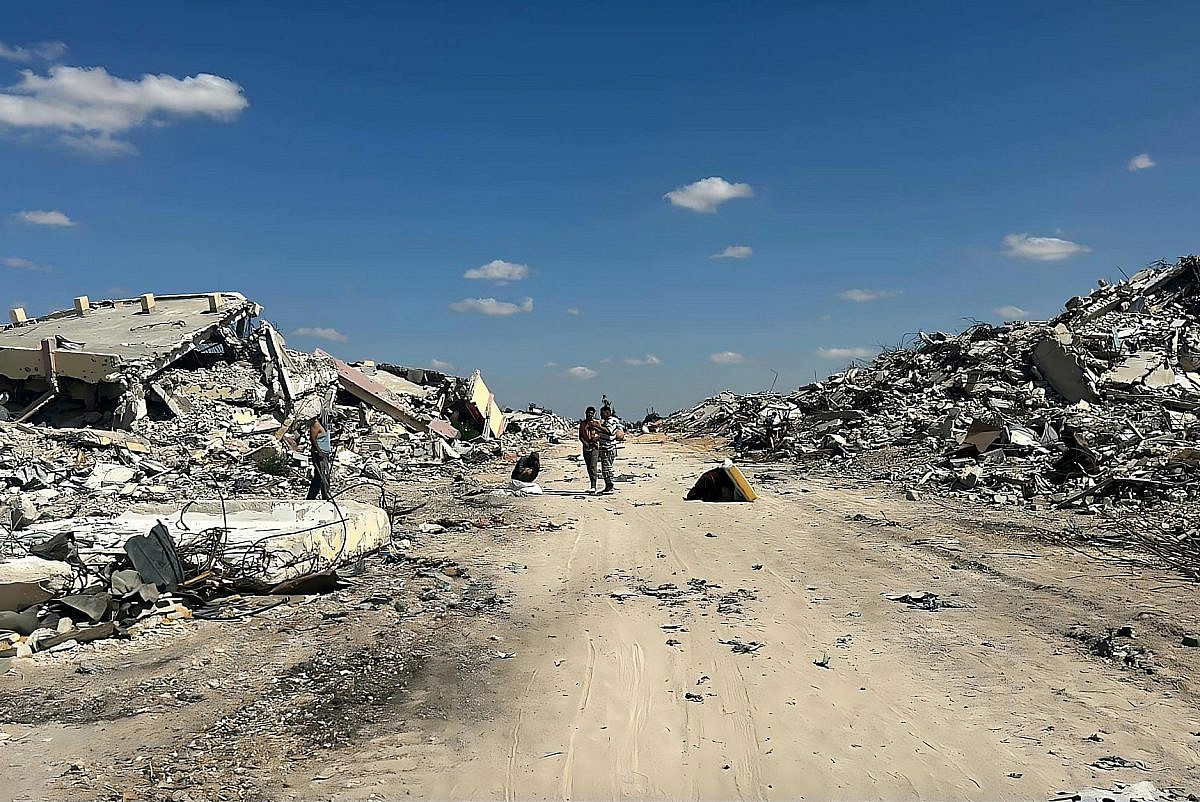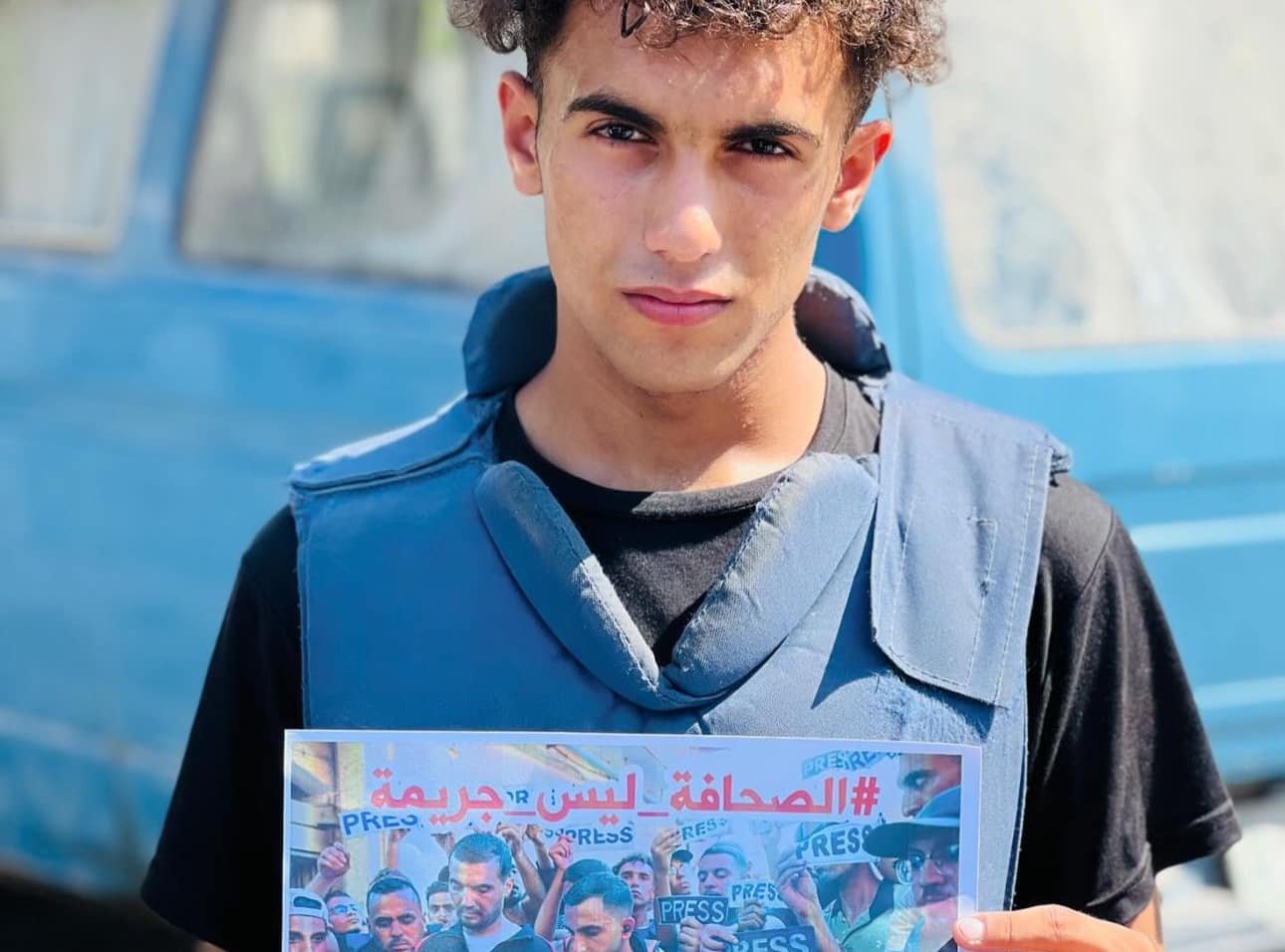
Hassan Hamad’s Killing Highlights Alarm Over Journalist Safety in Gaza
October 7, 2024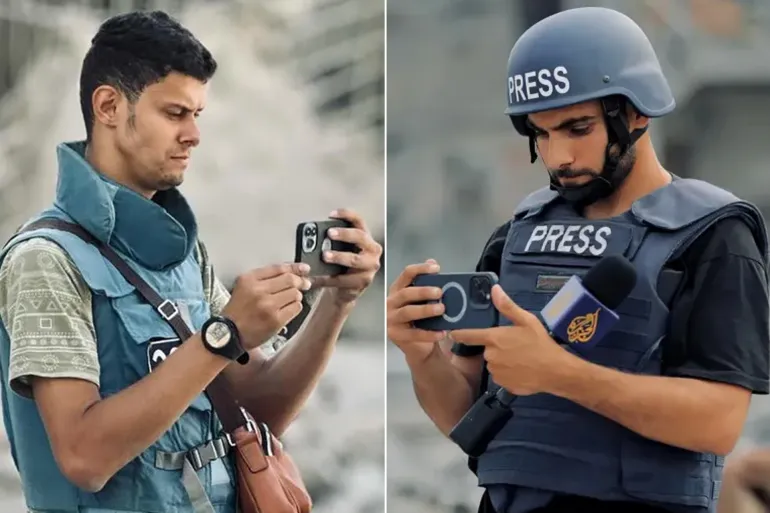
Al Jazeera Condemns Systematic Targeting of Journalists by Israeli Forces
October 9, 2024October 09, 2024 – Palestine –
Israeli warplanes struck an Al‑Aqsa TV news crew near the Abu Sharakh roundabout in Jabalia refugee camp, northern Gaza. The strike killed photojournalist Mohammad al‑Tanani and injured reporter Tamer Lubbad, according to Al‑Aqsa TV’s Telegram announcement. The targeting appeared intentional, aimed at media crews, and ambulances were reportedly delayed from accessing the scene.
This tragic incident marks yet another escalation in the violence against journalists in Gaza. With al‑Tanani’s death, the Gaza Media Office placed the total number of journalists killed since the start of the intensified Israeli offensive at 176, underscoring the scale of the crisis. The same campaign also inflicted serious injuries on Fadi al‑Wahidi, an Al‑Jazeera photojournalist wounded by sniper fire to the neck during coverage of clashes in the same region.
The UNESCO Director‑General, Audrey Azoulay, strongly condemned al‑Tanani’s killing. In a statement dated October 16, UNESCO demanded a “thorough and transparent investigation,” reaffirming the protections granted to journalists under UN Security Council Resolution 2222, which classifies journalists as civilians under international humanitarian law. UNESCO reports that at least 41 media workers have died in Palestine since October 2023 in line-of-duty circumstances.
These attacks reflect a disturbing pattern. Israel’s military operations in Gaza appear to be increasingly unsafe for press personnel, many wearing “PRESS” gear and stationed far from active combat zones. Human rights organizations, including CPJ and RSF, have documented numerous cases suggesting that some lethal strikes on journalists may have been deliberate rather than accidental. Despite mounting evidence, however, these practitioners remain largely unprotected, and Israel has stated such incidents are under review, but often no formal accountability follows.
Al‑Tanani’s death deepens the humanitarian and ethical urgency surrounding coverage of Gaza. His final moments in Jabalia, a hub of displacement and bombardment, highlight the extremity of the violence faced by journalists on the front lines of eyewitness reporting. As the death toll of media workers climbs, the international community is urged to push for independent war-crimes investigations and enforce protections that can keep journalists—who are essential conveyors of truth—alive and reporting.
Reference –

